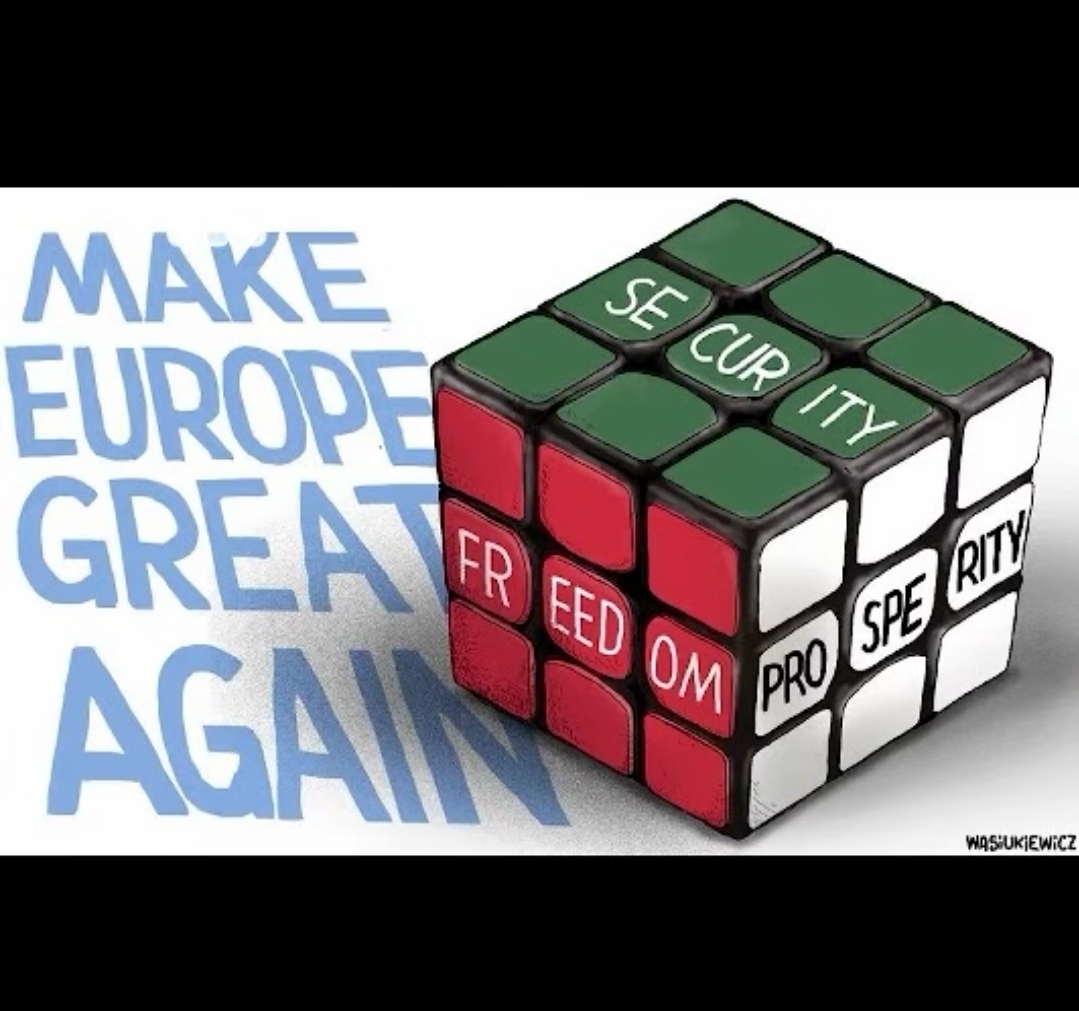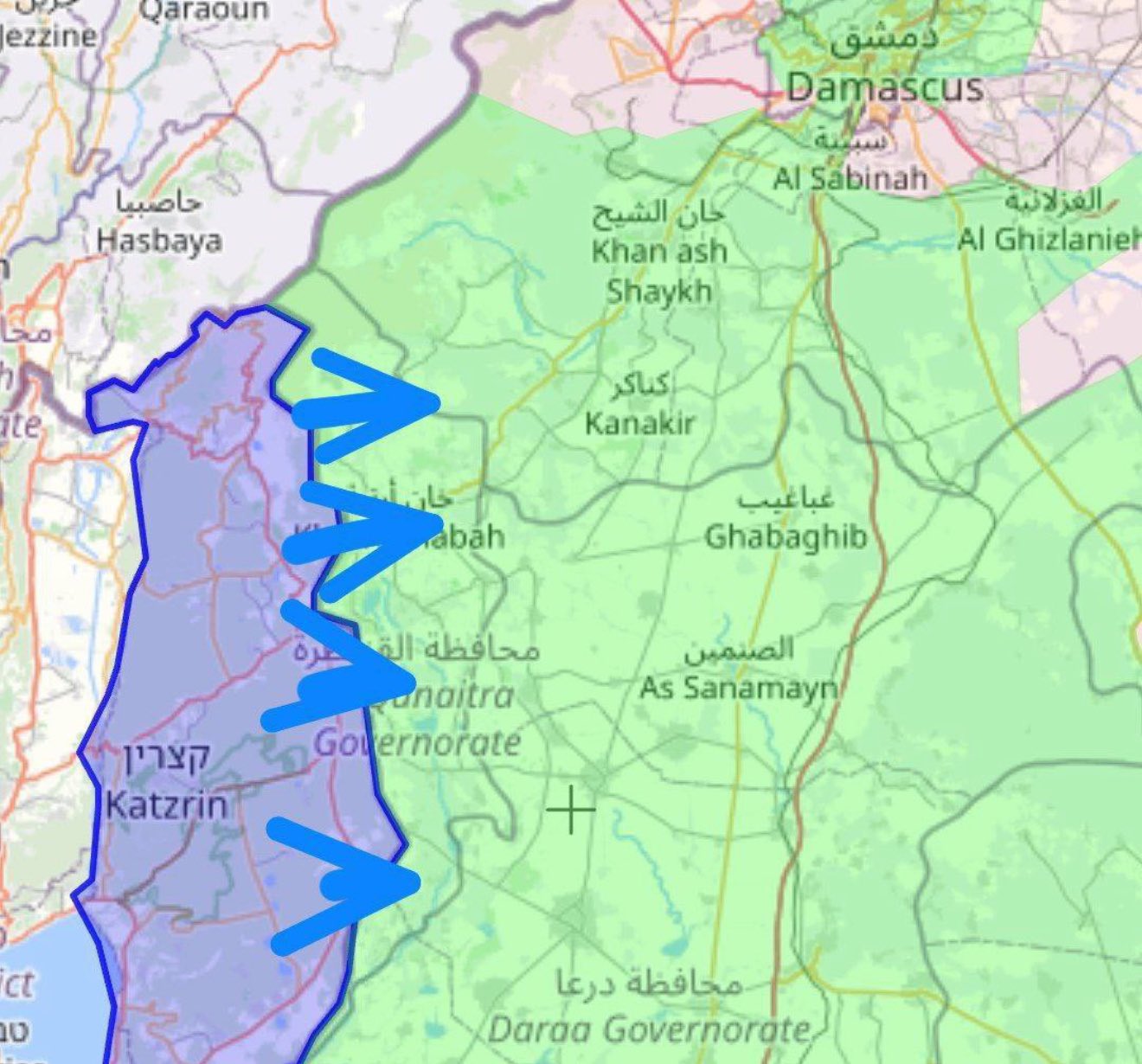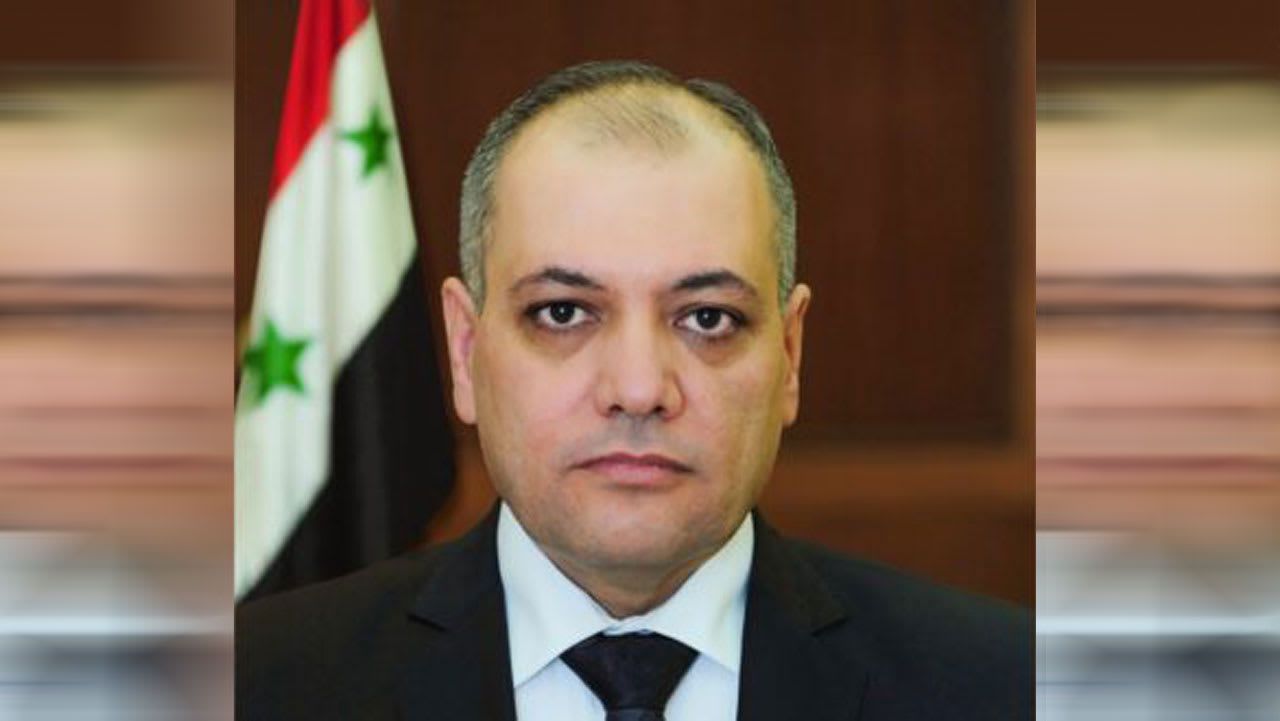สิงคโปร์กำลังจะหายไปจริงไหม? ... แล้วไทยล่ะ
.
เป็นเรื่องขึ้นมาทันที เมื่อวันที่ 5 ธันวาคมที่ผ่านมา "อีลอน มัสก์" มหาเศรษฐีระดับโลกผู้ก่อตั้ง เทสลา, Space X และเจ้าของแพลตฟอร์มโซเชียลมีเดีย X รีทวีตข่าวระบุหัวข้อว่า "วิกฤตเด็กแรกเกิดในสิงคโปร์ : หุ่นยนต์จะเข้ามาช่วยแก้ไขได้หรือไม่? (
SINGAPORE’S BABY CRISIS: WILL ROBOTS SAVE THE DAY?)" พร้อมกันนั้น มัสก์ได้เขียนข้อความเสริมด้วยว่า
.
"สิงคโปร์ (และประเทศอื่นๆ อีกหลายประเทศ) กำลังจะหายไป (Singapore (and many other countries) are going extinct)"
.
เมื่อย้อนไปดูต้นทางของข่าวนี้พบว่ามาจากรายงานข่าวของนิตยสารนิวส์วีค (Newsweek) เมื่อวันที่ 3 ธันวาคม 2567 ที่ระบุว่า จำนวนแรงงานของประเทศสิงคโปร์นั้นหดตัวลง 3 ปีติดต่อกัน ท่ามกลางการลดลงอย่างรวดเร็วของอัตราการเกิด
.
"จากรายงานล่าสุดของกระทรวงแรงงานสิงคโปร์ (Ministry of Manpower; MOM) ชี้ให้เห็นว่า ในปีนี้ สัดส่วนของประชากรสิงคโปร์ที่มีอายุ 15 ปีขึ้นไปที่เข้าสู่ตลาดแรงงานลดลงเล็กน้อยเหลือ 68.2% จาก 68.6 % ในปี 2023" รายงานของนิวส์วีกระบุ และยังชี้ให้เห็นด้วยว่า
.
ทุกวันนี้ อัตราการเกิดของสิงคโปร์ (Total Fertility Rate หรือ TFR) นั้นลดลงต่ำที่สุดในประวัติศาสตร์ เหลือเพียง 0.97 คนต่อผู้หญิง 1 คน ซึ่งตัวเลข TFR ดังกล่าวนั้นต่ำกว่า 2.1 คน ซึ่งเป็นระดับที่จำเป็นต่อการรักษาจำนวนประชากรให้คงที่ นั่นแปลว่า ผู้สูงอายุมากขึ้น คนงานน้อยลง และกำลังแรงงานลดลงอย่างรวดเร็ว ตั้งแต่โรงงานไปจนถึงบริการส่งอาหาร
.
นอกจากนี้ยัง มีการคาดหมายกันว่า ภายในปี 2573 (ค.ศ.2030) หรืออีก 6 ปีข้างหน้นี้เอง ชาวสิงคโปร์เกือบ 1 ใน 4 จะมีอายุมากกว่า 65 ปี และอัตราส่วนของคนทำงานก็จะลดลง เหลือคนทำงาน 4 คนต่อผู้สูงอายุ 1 คนเท่านั้น (เปรียบเทียบกับเมื่อ 10 ปีก่อน คือ ในปี 2557 ซึ่งอัตราส่วนคนทำงาน 6 คน ต่อผู้สูงอายุ 1 คน)
.
ด้วยเหตุนี้ รัฐบาลสิงคโปร์จึงพยายามกำลังเร่งรัดให้มีการจ้างผู้สูงอายุให้มากขึ้น และในบางงานก็ปรับมาใช้หุ่นยนต์แทน ทำให้ทุกวันนี้สิงคโปร์ถือเป็นประเทศที่มีความหนาแน่นของหุ่นยนต์ช่วยทำงานสูงเป็นอันดับสองของโลก
.
เมื่อทวีตดังกล่าวเผยแพร่ออกไป บัญชี X ของ Global Statistics ก็ให้ข้อมูลเสริมขึ้นมาว่า ในบรรดาประเทศที่มีอัตราการเกิดลดลงรวดเร็วที่สุดในช่วง 75 ปีที่ผ่านมา (ตั้งแต่ ค.ศ.1950-2024) นั้นใน 5 อันดับแรกมีรายชื่อของประเทศไทยอยู่ด้วย โดยประเทศ 5 อันดับแรก ที่มีอัตราการเกิดลดลงมากที่สุดในช่วง 7 ทศวรรษครึ่งที่ผ่านมาประกอบไปด้วย
.
1. เกาหลีใต้ 88%
2. จีน 83%
3. ไทย 81%
4. ญี่ปุ่น 80%
5. อิหร่าน 75%
.
แล้ว คุณมองประเด็นนี้ยังไง? ประเทศไทยกำลังจะหายไปเหมือนสิงคโปร์ไหม? ... หรือจริง ๆ แล้วคนไทยไม่ต้องกังวล เพราะทุกวันนี้ยังไงแรงงานไทยถูกแทนที่ด้วยแรงงานพม่า ลาว เขมร ไปหมดอยู่แล้ว 🫥
.
.
ที่มา >> Singapore Gets Bad News Amid Sinking Birth Rate
https://www.newsweek.com/singapore-bad-news-sinking-birth-rate-1994530 สิงคโปร์กำลังจะหายไปจริงไหม? ... แล้วไทยล่ะ
.
เป็นเรื่องขึ้นมาทันที เมื่อวันที่ 5 ธันวาคมที่ผ่านมา "อีลอน มัสก์" มหาเศรษฐีระดับโลกผู้ก่อตั้ง เทสลา, Space X และเจ้าของแพลตฟอร์มโซเชียลมีเดีย X รีทวีตข่าวระบุหัวข้อว่า "วิกฤตเด็กแรกเกิดในสิงคโปร์ : หุ่นยนต์จะเข้ามาช่วยแก้ไขได้หรือไม่? (🇸🇬 SINGAPORE’S BABY CRISIS: WILL ROBOTS SAVE THE DAY?)" พร้อมกันนั้น มัสก์ได้เขียนข้อความเสริมด้วยว่า
.
"สิงคโปร์ (และประเทศอื่นๆ อีกหลายประเทศ) กำลังจะหายไป (Singapore (and many other countries) are going extinct)"
.
เมื่อย้อนไปดูต้นทางของข่าวนี้พบว่ามาจากรายงานข่าวของนิตยสารนิวส์วีค (Newsweek) เมื่อวันที่ 3 ธันวาคม 2567 ที่ระบุว่า จำนวนแรงงานของประเทศสิงคโปร์นั้นหดตัวลง 3 ปีติดต่อกัน ท่ามกลางการลดลงอย่างรวดเร็วของอัตราการเกิด
.
"จากรายงานล่าสุดของกระทรวงแรงงานสิงคโปร์ (Ministry of Manpower; MOM) ชี้ให้เห็นว่า ในปีนี้ สัดส่วนของประชากรสิงคโปร์ที่มีอายุ 15 ปีขึ้นไปที่เข้าสู่ตลาดแรงงานลดลงเล็กน้อยเหลือ 68.2% จาก 68.6 % ในปี 2023" รายงานของนิวส์วีกระบุ และยังชี้ให้เห็นด้วยว่า
.
ทุกวันนี้ อัตราการเกิดของสิงคโปร์ (Total Fertility Rate หรือ TFR) นั้นลดลงต่ำที่สุดในประวัติศาสตร์ เหลือเพียง 0.97 คนต่อผู้หญิง 1 คน ซึ่งตัวเลข TFR ดังกล่าวนั้นต่ำกว่า 2.1 คน ซึ่งเป็นระดับที่จำเป็นต่อการรักษาจำนวนประชากรให้คงที่ นั่นแปลว่า ผู้สูงอายุมากขึ้น คนงานน้อยลง และกำลังแรงงานลดลงอย่างรวดเร็ว ตั้งแต่โรงงานไปจนถึงบริการส่งอาหาร
.
นอกจากนี้ยัง มีการคาดหมายกันว่า ภายในปี 2573 (ค.ศ.2030) หรืออีก 6 ปีข้างหน้นี้เอง ชาวสิงคโปร์เกือบ 1 ใน 4 จะมีอายุมากกว่า 65 ปี และอัตราส่วนของคนทำงานก็จะลดลง เหลือคนทำงาน 4 คนต่อผู้สูงอายุ 1 คนเท่านั้น (เปรียบเทียบกับเมื่อ 10 ปีก่อน คือ ในปี 2557 ซึ่งอัตราส่วนคนทำงาน 6 คน ต่อผู้สูงอายุ 1 คน)
.
ด้วยเหตุนี้ รัฐบาลสิงคโปร์จึงพยายามกำลังเร่งรัดให้มีการจ้างผู้สูงอายุให้มากขึ้น และในบางงานก็ปรับมาใช้หุ่นยนต์แทน ทำให้ทุกวันนี้สิงคโปร์ถือเป็นประเทศที่มีความหนาแน่นของหุ่นยนต์ช่วยทำงานสูงเป็นอันดับสองของโลก
.
เมื่อทวีตดังกล่าวเผยแพร่ออกไป บัญชี X ของ Global Statistics ก็ให้ข้อมูลเสริมขึ้นมาว่า ในบรรดาประเทศที่มีอัตราการเกิดลดลงรวดเร็วที่สุดในช่วง 75 ปีที่ผ่านมา (ตั้งแต่ ค.ศ.1950-2024) นั้นใน 5 อันดับแรกมีรายชื่อของประเทศไทยอยู่ด้วย โดยประเทศ 5 อันดับแรก ที่มีอัตราการเกิดลดลงมากที่สุดในช่วง 7 ทศวรรษครึ่งที่ผ่านมาประกอบไปด้วย
.
1. เกาหลีใต้ 88%
2. จีน 83%
3. ไทย 81%
4. ญี่ปุ่น 80%
5. อิหร่าน 75%
.
แล้ว คุณมองประเด็นนี้ยังไง? ประเทศไทยกำลังจะหายไปเหมือนสิงคโปร์ไหม? ... หรือจริง ๆ แล้วคนไทยไม่ต้องกังวล เพราะทุกวันนี้ยังไงแรงงานไทยถูกแทนที่ด้วยแรงงานพม่า ลาว เขมร ไปหมดอยู่แล้ว 🫥🧐😆😵
.
.
ที่มา >> Singapore Gets Bad News Amid Sinking Birth Rate
https://www.newsweek.com/singapore-bad-news-sinking-birth-rate-1994530















